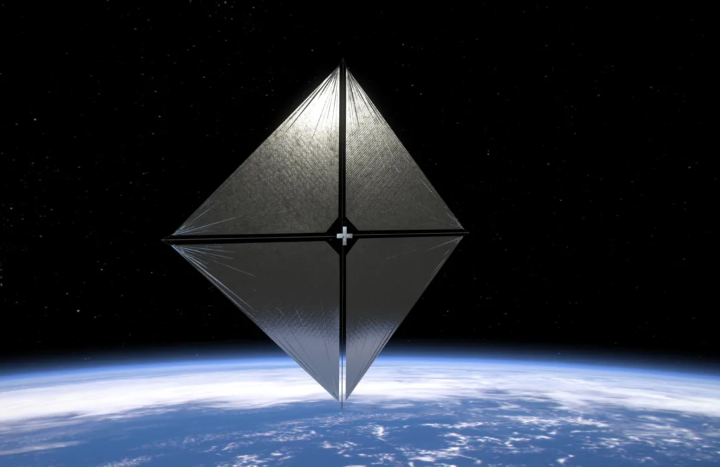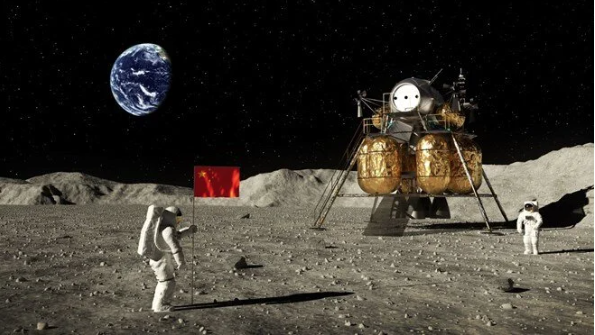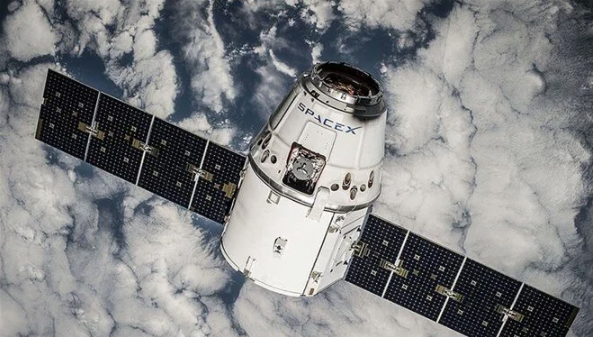Dimorphos has been hit by DART, but it will take some time before we know how much the asteroid’s orbit was altered.
One thing has been established by the Double Asteroid Redirection Test (DART): we are capable of ramming a spaceship into a rock the size of the Great Pyramid at a distance of 11 million kilometers (7 million miles). We also captured some stunning photographs of the larger asteroid Didymos as it passed by, in addition to the jumble of boulders that make up Dimorphos’ surface.
- Virus storm is coming! Frightening warning from the UK: 20 thousand people could lose their lives…
- Nikola Tesla’s Death Ray
It might take days or weeks before it is known how much the impact altered Dimorphos’ orbit around its companion and, thus, what would be required to deflect potential dangers in the future. In the meantime, the video it returned offered us all a glimpse of what it feels like to speed at a lump or rock in a vehicle the size of a small car at 6.6 kilometers per second (4.1 miles per second).

The obvious question has been: how can we prevent a repeat? since scientists became sure that an asteroid was responsible for the Earth’s most recent catastrophic extinction event. We are unlikely to soon encounter a threat like the one depicted in movies like Deep Impact, Armageddon, or Don’t Look Up. However, collisions with smaller rocks happen considerably more frequently and have the potential to kill millions. Building planetary defenses against such threats is the goal of DART.
NASA Administrator Bill Nelson stated in a statement that DART “represents, at its core, an extraordinary success for planetary protection, but it is also a mission of unification with a tangible benefit for all humanity.” The international partnership “converted science fiction into science fact, revealing one strategy to defend Earth” as NASA examines the cosmos and our home planet.





